Snapshots
The art of layering perfume brings to you the experience of creating your signature scent that’s just uniquely your own. How you could achieve that involves being able to craft together a personalized aroma that sets you apart from the rest of the crowd.
Use this guide to walk through the basics of perfume layering. From fragrance notes to combination techniques, we’ll help you give your hand to it all.
Fragrance notes

There is a structure to how fragrance notes come into existence. Before we dive into teaching you how to layer, it’s essential we break them down.
- Top notes: For the first 15 minutes, you’ll smell some initial scents that are typically light and fresh. These are called the top notes.
- Middle notes: Also known as the heart notes, as they form the core of the fragrance. Middle notes emerge when the top notes fade and they have a lasting power of about 2-4 hours.
- Base notes: Base notes build the foundation of the perfume, giving it its well-needed depth and longevity. They hold the power to last up to 24 hours.
When you know the components of fragrance notes, it really helps you create a balanced yet harmonious combination when they begin to layer their perfumes.
Why layer perfumes?
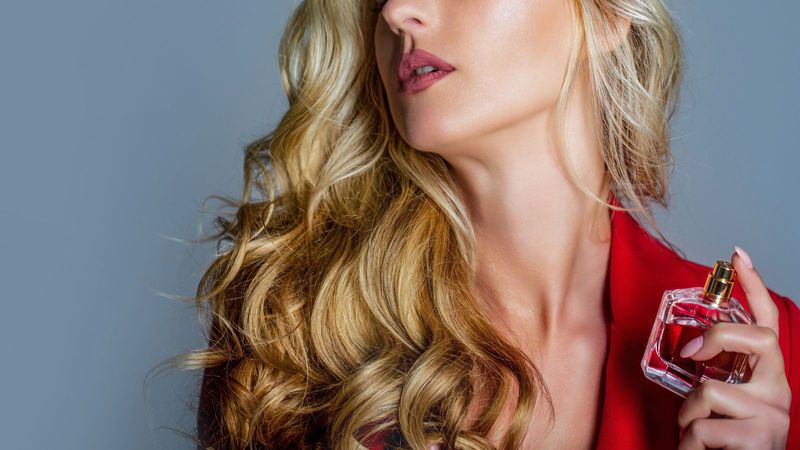
- Longevity: The easiest way to make your scent last all day long is to layer it.
- Customization: Reflect your personality through your unique scent that you can achieve by perfume layering.
- Complexity: An air of intrigue is added when you start to layer simple fragrances giving it more depth than just being a smell.
How to layer perfumes
Start with a clean base
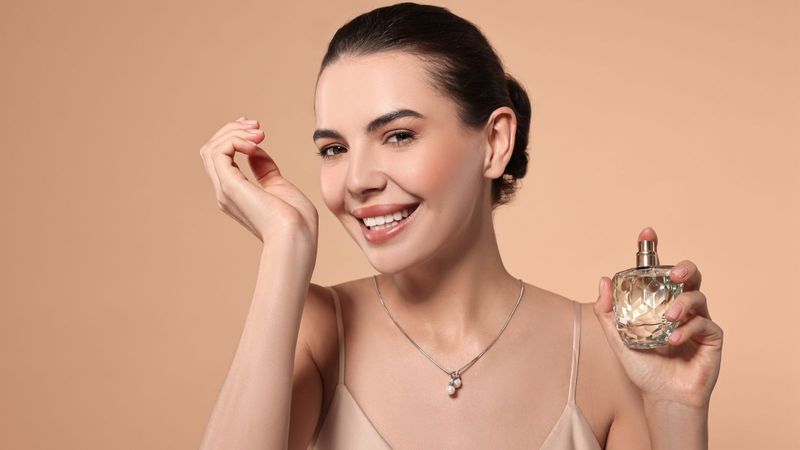
As you step out of your shower, begin with this right away so that we can ensure that your skin is clean and free of any scents that could have lingered. A product that is a helpful base for setting your fragrance is an unscented lotion as it can help fragrances last longer.
Similarly, fragrance-free body oil can be used as a great base. Any oil based body product helps as a great base for the perfume to stay longer. This is why it is a great idea to start with this. If you have the entire perfume layering set figured out, you can take this a step ahead. For companies like Bath And Body Works, or even high end ones like Burberry, start with their scented body cremes, and then layer it with perfume in the same range. This makes sure that your perfume layering stays on for much longer.
Choose your layering fragrances
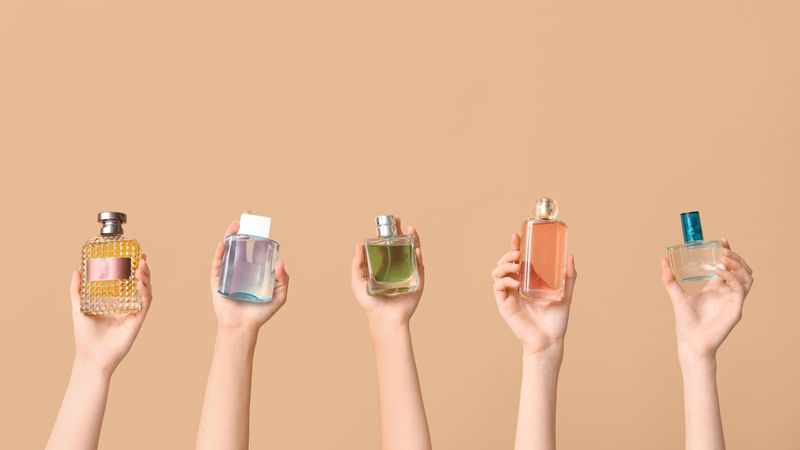
As you select perfumes to layer, consider the following approaches:
- Complementing fragrances: Scents with similar notes tend to enhance each other. Choose such notes as they are easy to complement one another. For example, you can layer a vanilla perfume with an amber perfume for colder days, and the perfect perfume layering for warm summery days would be a softer vanilla with a floral fragrance.
- Contrasting fragrances: If you are up for an intriguing combination you can try pairing opposite scents together. This is as interesting as it is tough, and ideally, opt for this if you have a bit of experience with perfume layering. For example, a sweet nectarine perfume with prominent honey notes goes quite well with smokey oud in the winter months. For contrasting perfume layering in the summer months, try pairing a tart fruity fragrance with pomegranate notes with something more soft with a coconut fragrance.
- Boosting fragrances: A simple scent can be used to boost a note in more complex fragrances. This is where perfume layering requires more than one product but from the same family, and if we can help it, from the same line of products. A great example of perfume layering for boosting fragrances can be the Sol De Janeiro combos. Start with the bum bum cream, spritz on the body mist, and then the final layer would be the perfume. Heavenly, all day long!
In order to avoid the risk of overwhelming combinations, begin with no more than two or three fragrances.
Application must be in the order of intensity
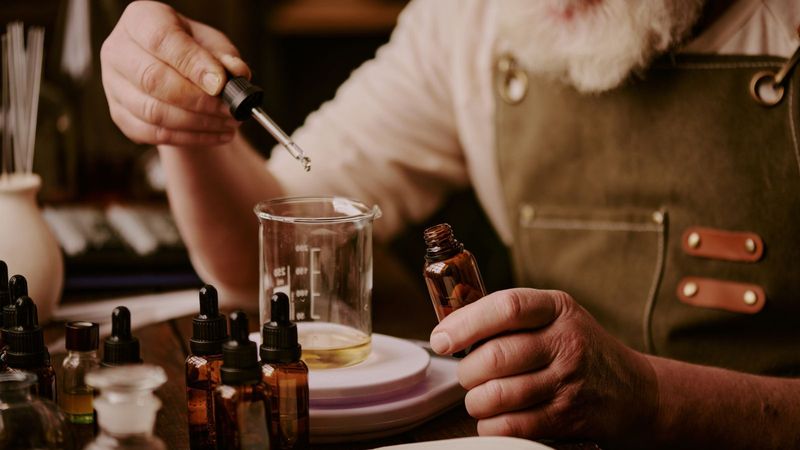
Use the application of fragrances from their intensity of least to most intense. This would mean that in order to get your perfume layering right, apply a lighter, fresher scent first. This can be the ones with fruity, floral, or light gourmand notes. Once these have settled in it is time to follow that with a richer and more intense fragrance. Notes for these can include amber, tobacco, oud, or sandalwood. This order prevents heavier scents from overpowering the ones that are lighter.
Let each layer dry
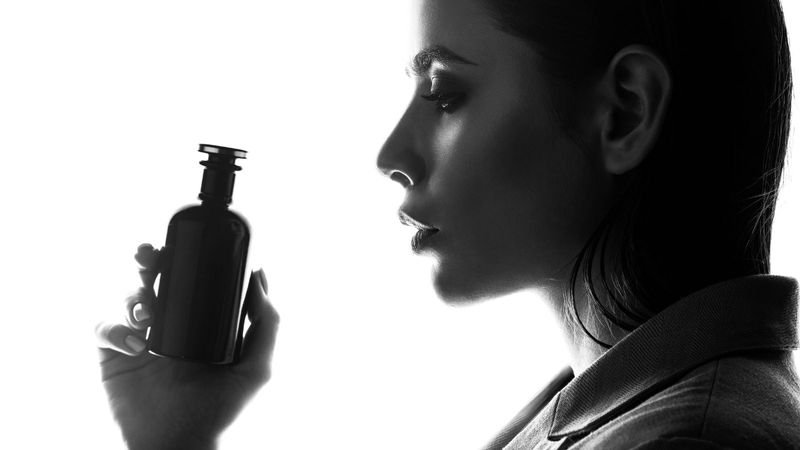
After you apply each fragrance, wait for a few minutes so that you can prevent the scents from blending onto your skin and allowing each layer to settle separately.
Multiple pulse points
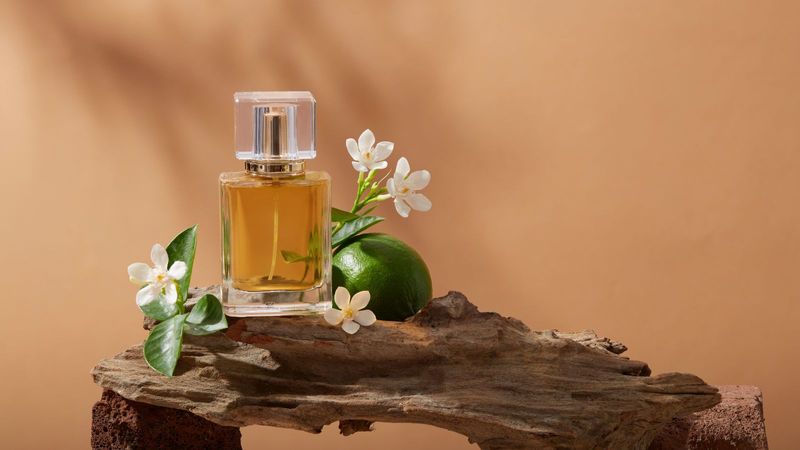
There are several pulse points you can try applying your scents at:
- Wrists
- Behind your ears
- Base of your throat
- The inside of your elbows
- Right behind the knees
This can create an evolving scent experience as you move.
Perfume layering combos
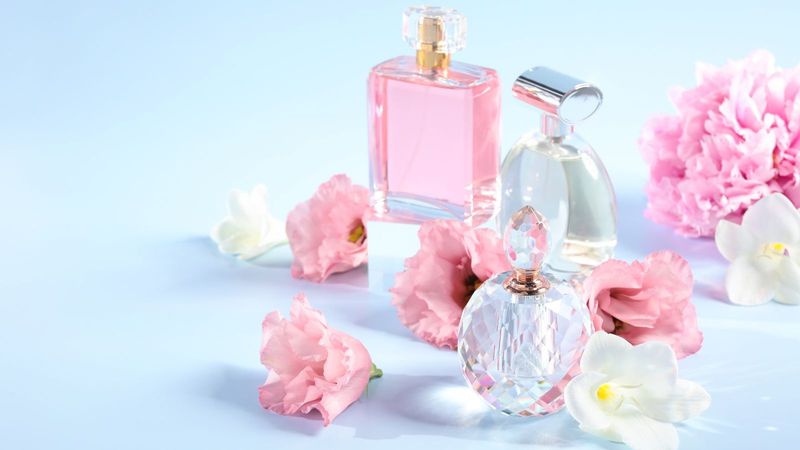
Having an understanding of all the fragrance families is like having the master key to successfully layering your perfumes. Floral scents like rose, jasmine and lily are romantically delicate. Vanilla, musk, and amber which are categorised as oriental fragrances are sensual and warm. Woody notes, on the contrary, offer a grounding and earthy quality. They include sandalwood, cedar, and patchouli.
Fresh scents invigorate the surroundings and uplift the mood. Citrus, marine and green notes are types of fresh scents. Finally, by the time you come to gourmand fragrances, these are sweet and comforting. They are chocolate, coffee and caramel. As you understand these different families of scents you can make an informed choice as to how to layer perfumes to create a unique and harmonious scent. You can hence experiment with combinations of such kinds between families.
Techniques and ideas for perfume layering
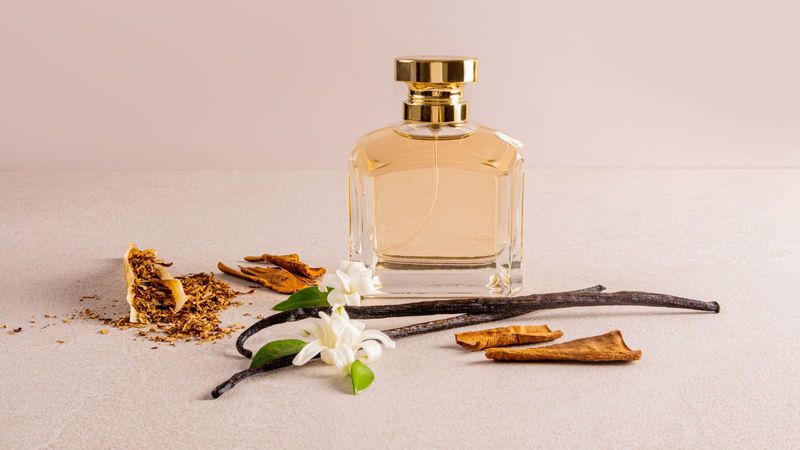
- Same note, different interpretations: By layering two fragrances that feature the same main note you can give an added depth (e.g., two different rose perfumes)
- Lotion base that is scented: Layer a complementary perfume over a scented lotion for added longevity and depth.
- Single-note enhancers: By using single-note fragrances, you can boost specific aspects of a more complex scent.
- Seasonal adjustments: You can make use of a heavy winter fragrance for summer by layering it with a citrusy scent to give it a fresh twist.
- Cocktailing: Take a drop of each chosen perfume on your palm, mix it, and then apply it to ensure a good result.
Often a journey of olfactory discovery, the art of perfume layering allows you to express your inner creativity and unique personality through scent, allowing you to create a fragrance that's just yours.
There are no strict rules, however you must trust your nose and have fun while you experiment with fragrances. With a lot of practice and some patience, you'll be soon crafting complex and personalized fragrances that will tell your own scented story.




